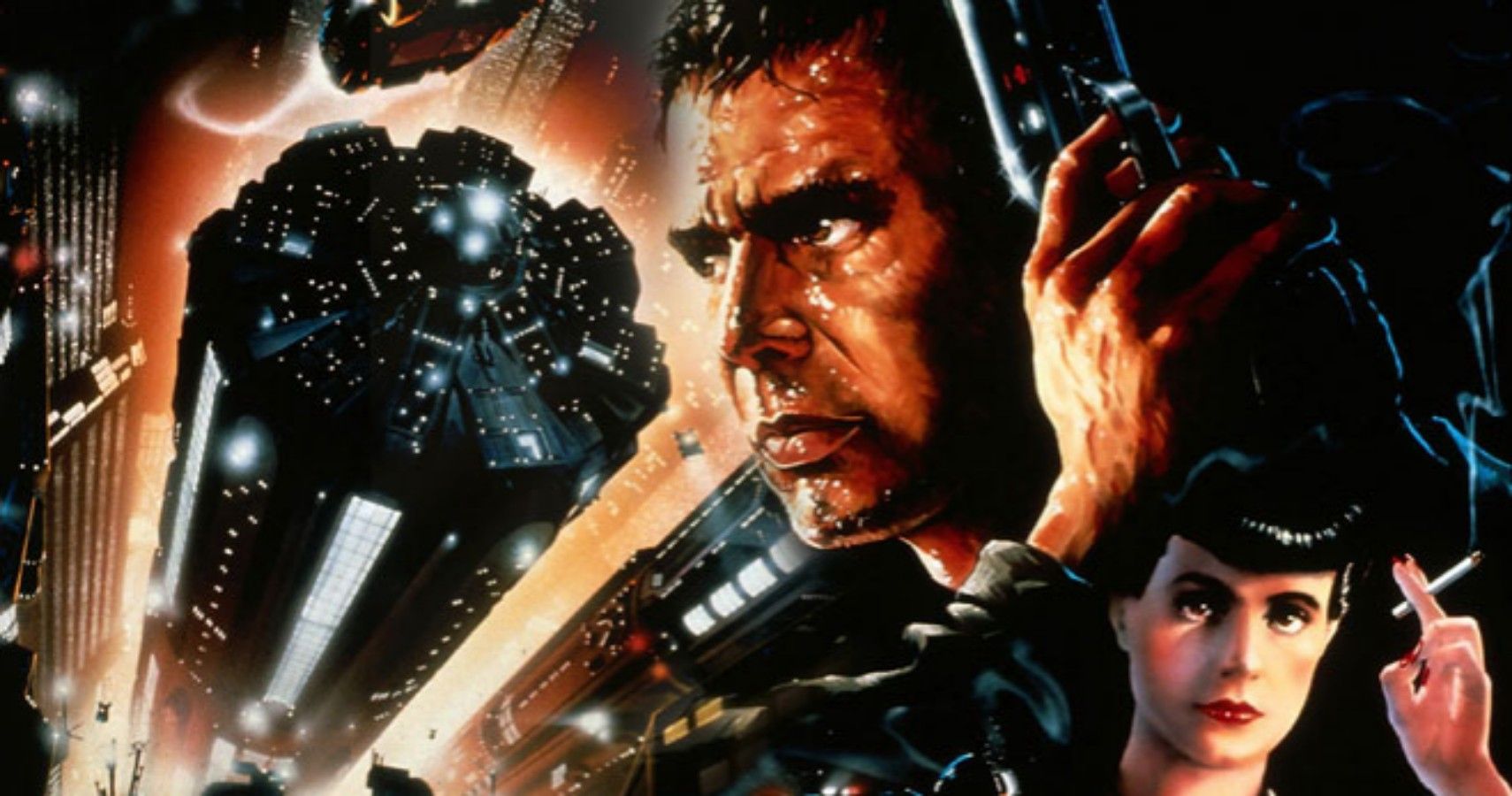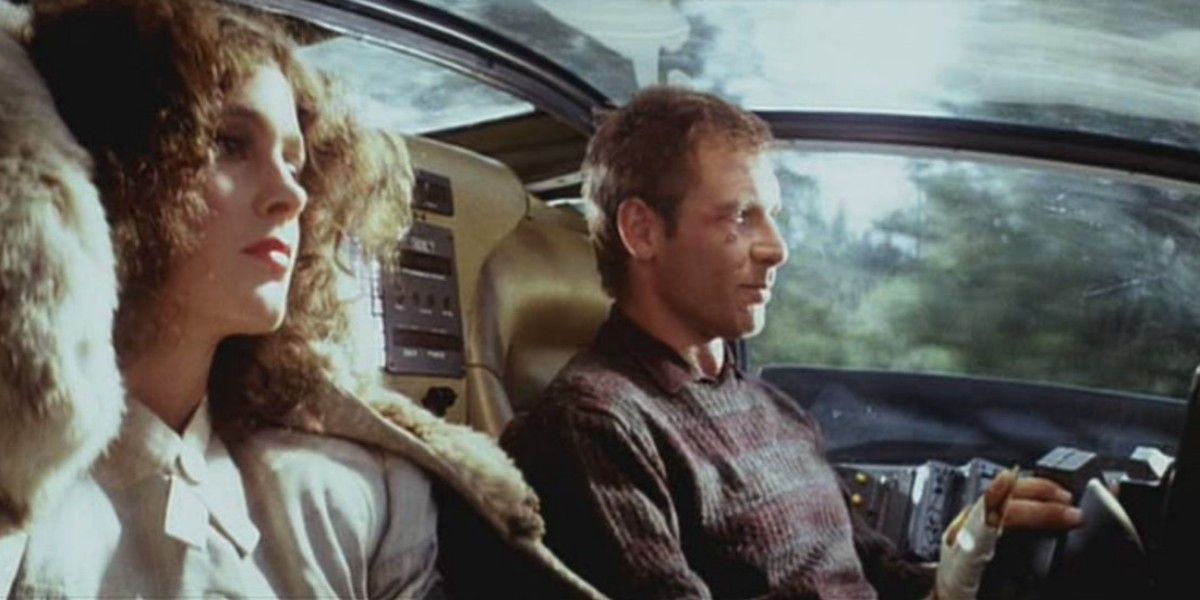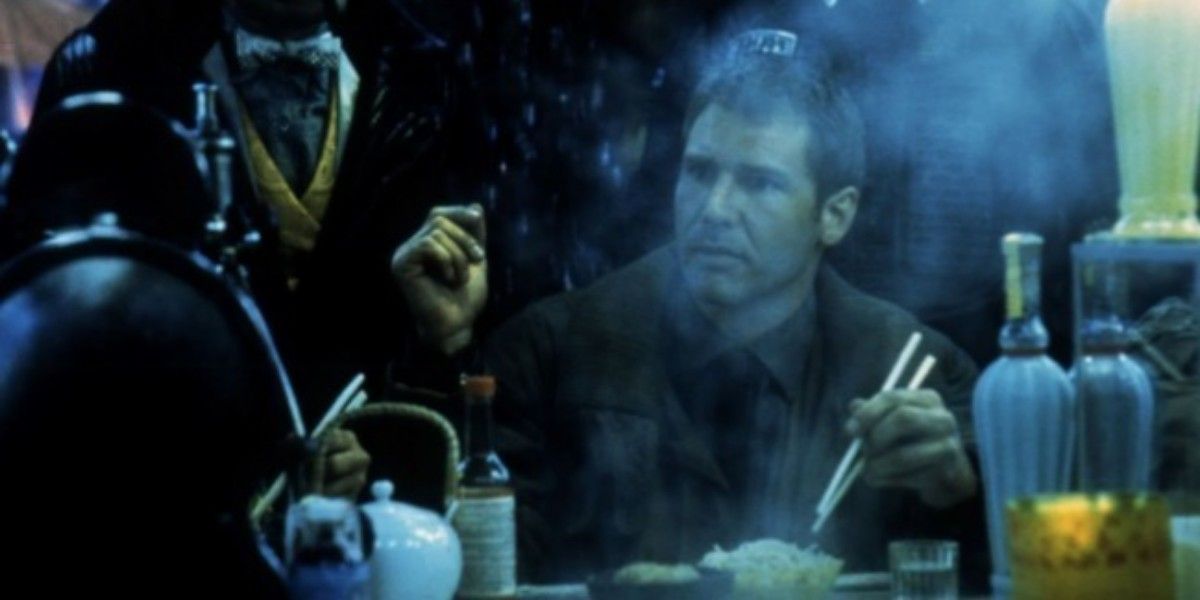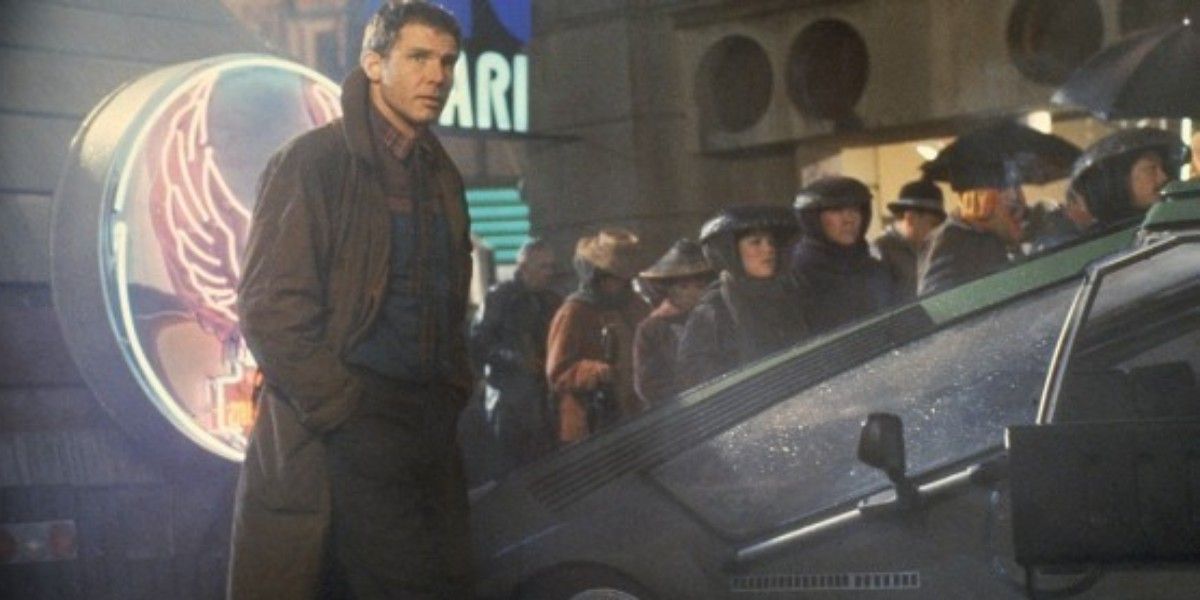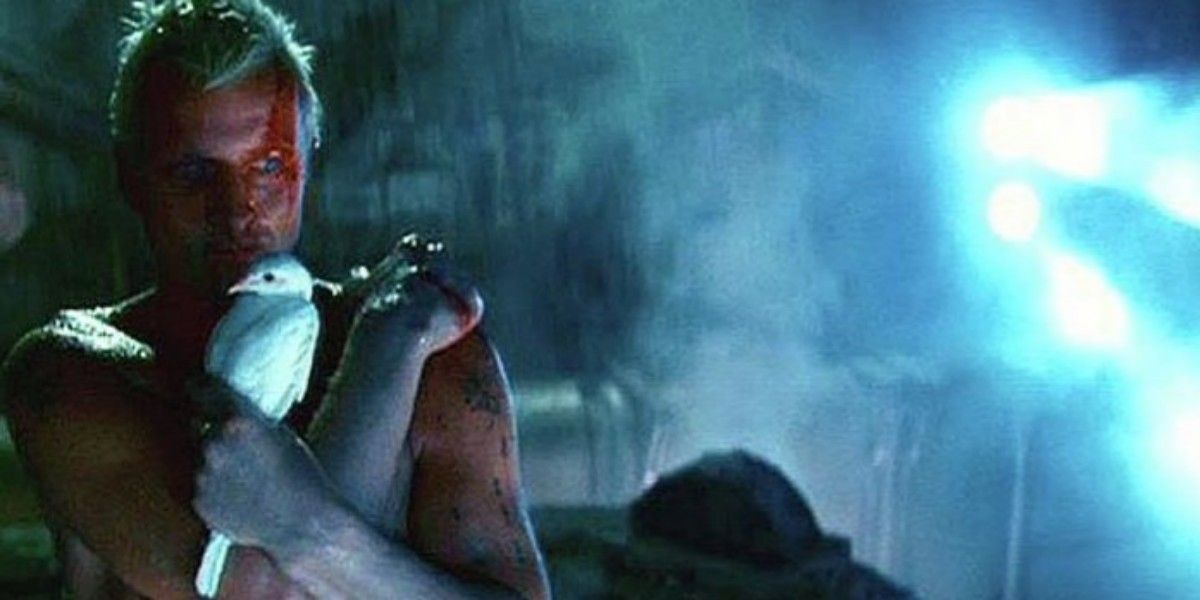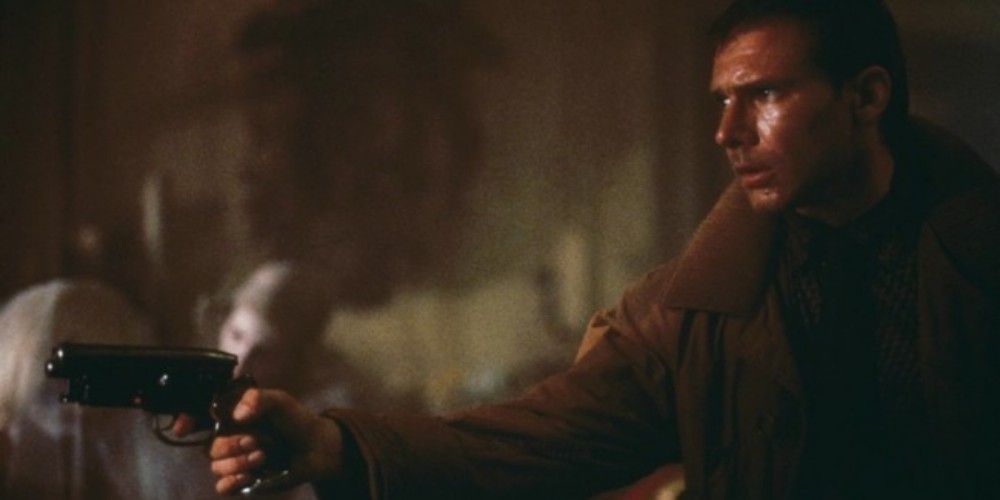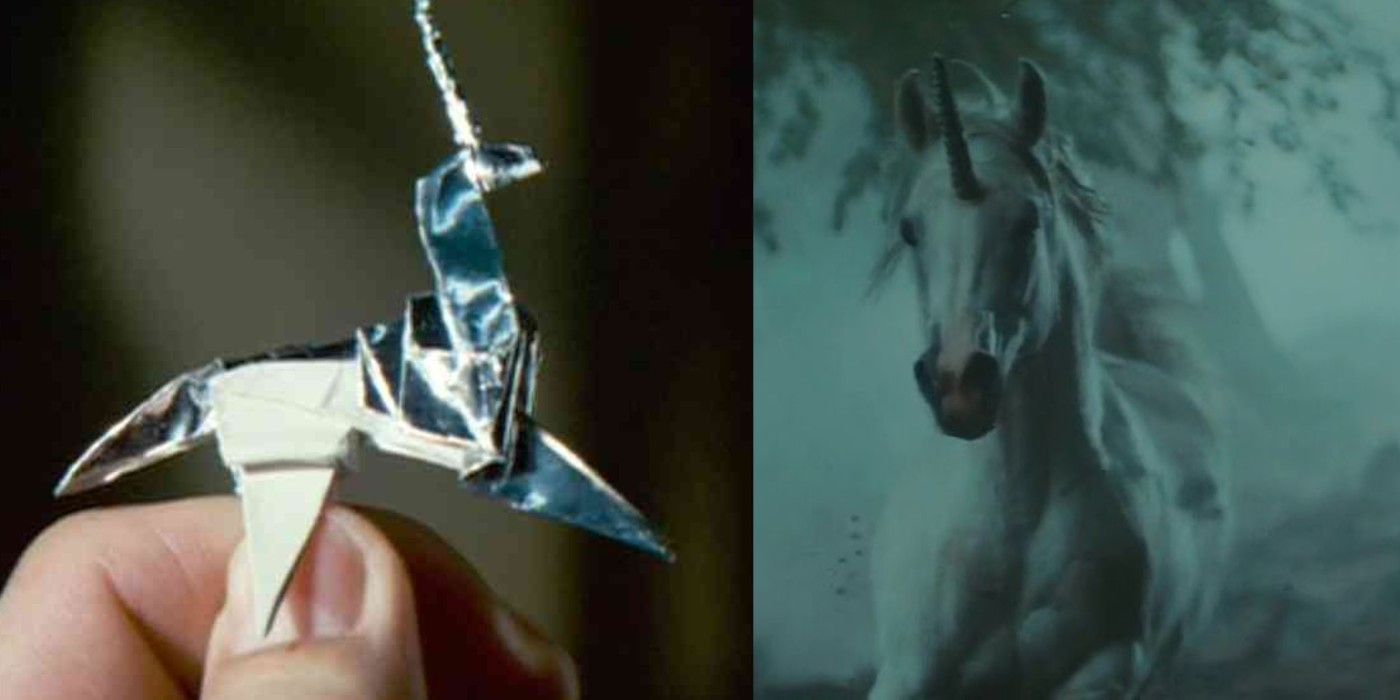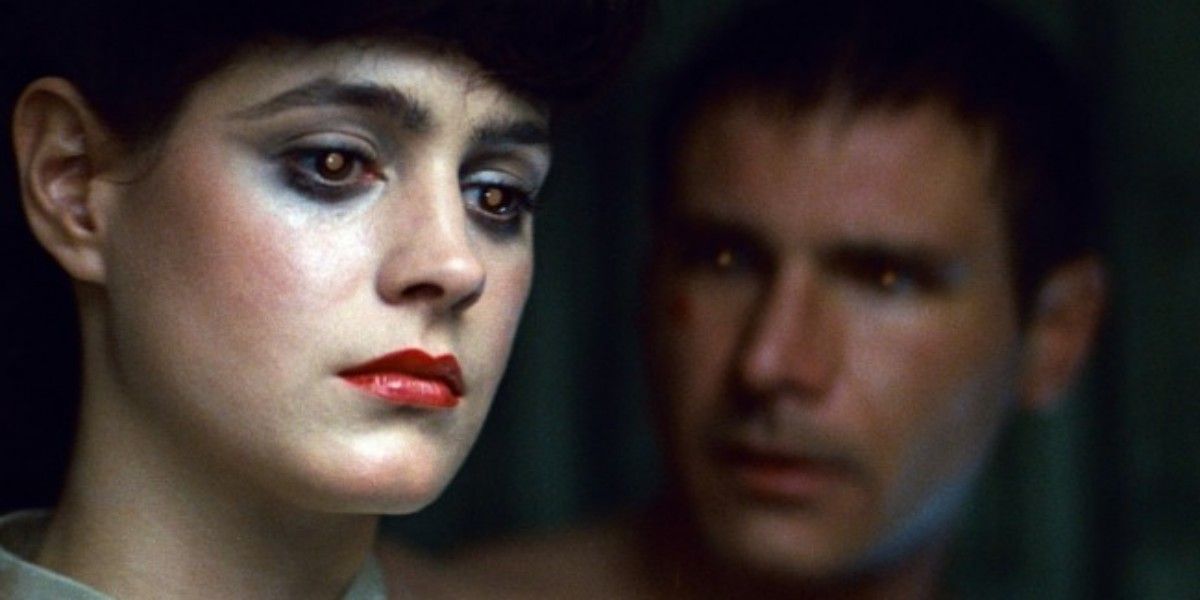Ridley Scott's Blade Runner is considered by many fans to be one of the greatest science fiction movies ever made. The 1982 cult classic is based on Philip K. Dick's seminal sci-fi novel "Do Androids Dream of Electric Sheep", and is considered a thought-provoking and evocative piece of cinematic history. The plot focuses on police detective Rick Deckard hunting down synthetic humans known as Replicants in a futuristic world distrustful of the all-too-human androids. Dealing with humanoid machines makes him confront his own humanity.
Since it's debut in 1982, Blade Runner has been released seven different ways; the San Diego sneak peak cut in 1982, the US theatrical cut in 1982, the International theatrical cut in 1982, the workprint cut in 1982, the US broadcast version for television in 1986, the Director's Cut sanctioned by Ridley Scott in 1992, and the ultimate realization of his vision, The Final Cut released in 2007. We've ranked them here, based on differences in narration, which scenes were added and subtracted, and overall cohesion of story.
US BROADCAST VERSION (1986)
Streamlined down to a cool 114 minutes, this version broadcast in the US by CBS has all traces of nudity, profanity, and graphic violence removed. If that sounds gross, imagine there's also a "CBS Saturday Night Movie Teaser" with some jerkface explaining every aspect of the film to you, lest your brain not be able to handle the cinematic complexities. He makes sure that you're sure that Deckard is most definitely NOT a Replicant.
The text scrawl in the US broadcast version is also different, and it's narrated by someone who isn't Harrison Ford. It's designed to again, beat the audience over the head with information in case they get too lost. You won't be able to find this version anywhere unless someone taped it, but why would they?
SAN DIEGO SNEAK PEAK VERSION (1982)
Something of a "unicorn" to find these days, the San Diego Sneak peak of Blade Runner is essentially the same as the US theatrical release of the film in 1982, with bonus scenes added in. This means that it has the studio-mandated voice-over by a begrudging Harrison Ford in the beginning, as well as the "happy ending" that show Deckard and Rachael the Replicant driving off into the sunset.
Since the San Diego version was shown only one time at a special preview event with tight security, it seems we may never get to see this one actually released, so there's no way to vouch for it's uuality. We do know that the three additional scenes included an intro to Roy Batty in a VidPhon Booth, Deckard reloading his gun after Batty was able to break his fingers, and additional footage for Deckard and Rachael's "ride into the sunset".
US THEATRICAL RELEASE (1982)
It's ironic that the actual theatrical release of this film isn't considered better by most Blade Runner fans, but it makes sense when you consider it's the version that director Ridley Scott has most panned. He has fervently dismissed it as a betrayal of his artistic vision. When Scott went over his budget by double during filming, the producers he brought on board received a bigger slice of the influence, and they wanted the film made their way.
Gone was the ambiguity that Deckard might not be human, while the cringe-inducing voice-over by Harrison Ford was added because producers felt the narrative of the film was too confusing for audiences after test screenings. Also added is unused footage from The Shining as Deckard and Rachael leave Los Angeles to start their new life in the mountains because audiences wanted a "happy ending".
INTERNATIONAL THEATRICAL RELEASE (1982)
The international theatrical release of Blade Runner almost identical to the US theatrical release, it's just more violent and disturbing., which gives it an R-rating. It contains the same voice-over narration by Harrison Ford and the same "happy ending" that was forced into the US theatrical version but contains graphic scenes that in some ways makes the storyline more compelling with more at stake.
This version was actually released on VHS in the US as part of the "Criterion Collection" in the early '90s, as part of a special "10th Anniversary Edition", and it could be seen on HBO as late as 2015. The scenes that producers thought were too shocking for US audiences made it into "The Final Cut" version, the most gruesome of them being where Roy Batty gives himself stigmata.
THE WORKPRINT (1982)
The workprint version of the film was shown prior to the film's theatrical release at special showings in Denver and Dallas in 1982 and was released as the then only "director's cut" of the film in 1992 without Ridley Scott's permission. What audiences had been confused about in 1982 they seemed to be appreciative in 1990 when the film was shown again, inspiring studios to approve the new release of the film.
This version doesn't have Harrison Ford's narration, nor the opening credits explaining the Replicants' backstory, and it defines them as "synthetic human with paraphysical capabilities, having skin/flesh culture". There isn't a "unicorn dream sequence" like there is in the Ridley Scott approved Director's Cut, Deckard provides his own narration watching Batty die, and Deckard and Rachael don't drive off into the sunset.
THE DIRECTOR'S CUT (1992)
This 1992 release of the film is Ridley Scott approved, though he didn't himself oversee the editing. That he handed off to cinema preservationist Michael Arick, who worked with Scott's notes and a 70mm print of the 1982 film. It's as close to Scott's vision as was possible at the time, and it combined elements of the workprint version with elements of the US theatrical version.
While it's nice having Harrison Ford's oddly forced narration gone, Scott chose to include the infamous sequence where Deckard falls asleep at the piano and has a dream of a unicorn running through a forest, implying he is in fact a Replicant, and makes the film more about his questioning his identity rather than a detective story. This is the version where Gaff leaves him an origami unicorn at the end, suggesting Deckard's dreams are known to him, making his memories artificial just like Rachael's. The "happy ending" with him and Rachael is also edited out.
THE FINAL CUT (2007)
Finally in 2007, Ridley Scott released "The Final Cut", the eponymous version of his science-fiction masterpiece on its 25th anniversary. It's the best looking version of the film, enhanced in a few ways by modern special effects, and by the removal of unnecessary clutter to the overall narrative. It's the version that most fans watch today, and for good reason; it's Scott's film the way he always intended it to be.
Harrison Ford's narration is gone and so is the cliche "happy ending", but Deckard's unicorn dream sequence is kept, even made slightly longer. It also features the more brutally violent scenes from the international cut, including Batty giving himself stigmata, and contains the beautiful fully restored version of the score by Vangelis. Whether you believe Deckard is or isn't a Replicant, there's no denying this version is a thought-provoking masterpiece.

